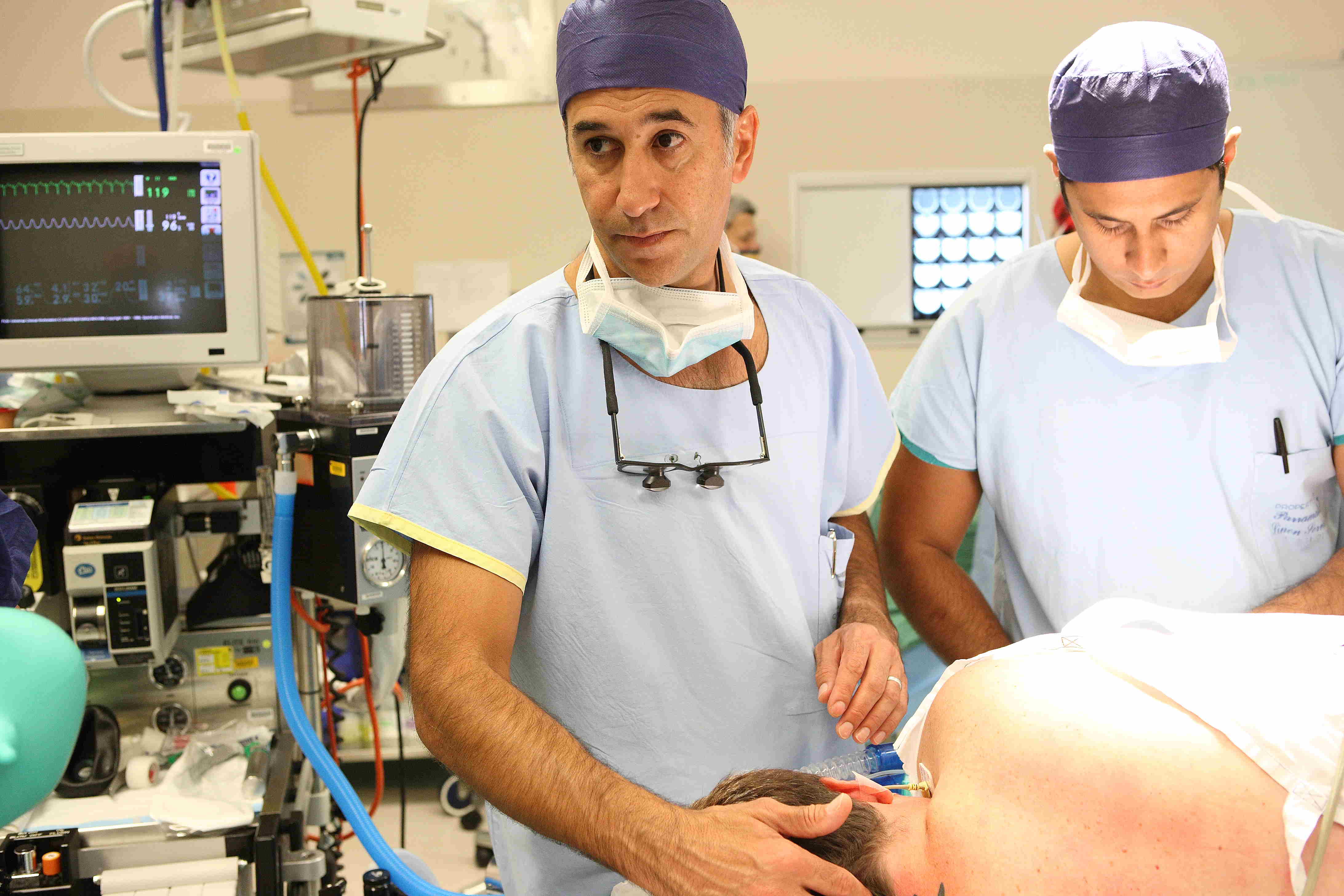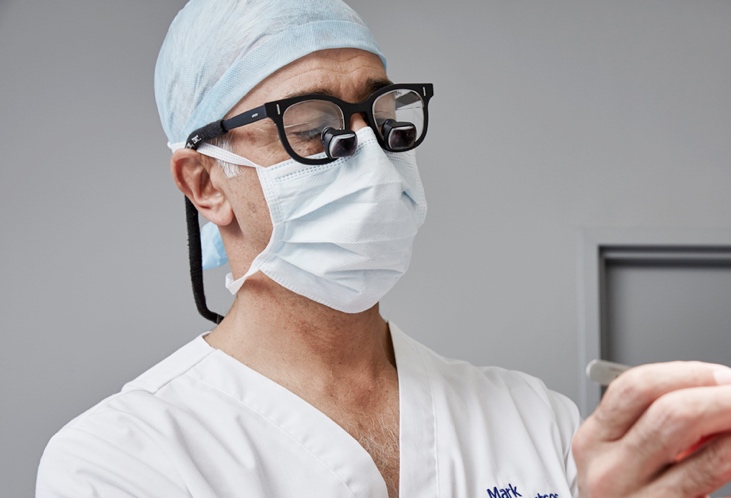Structural Fat Grafting
Although practiced for many years, the transferal of fat from one part of the body to another has become considerably refined in recent times.
This is achieved by harvesting relatively small volumes of fat from an appropriate part of the body, often the abdomen, using a ‘microliposuction’ technique. This tissue is then treated to obtain pure fat cells alone before being placed into areas of the body requiring structural volume augmentation. This is done by injecting the fat along micro tunnels in a layered manner thereby allowing the fat cells to be nourished by a good surrounding blood supply in order for it to remain alive.
This technique can be used in many areas of the body, but lends itself particularly well to the face. It can be used alone in specific areas such as the cheeks, lips and lower eyelids or in conjunction with other facial procedures such as face lift.
As with all procedures, there are downsides. These include swelling and bruising. Also, it is impossible to exactly predict the volume of fat that will survive. On occasion, further ‘touch up’ grafts may be required.
With age, the soft tissues of the face tend to lose volume and this leads to sagging of the skin. Where simple fillers are not sufficient, using your own fat can be an option. The procedure can be done in isolation but more often it is combined with face and neck lift.
A/Prof Gianoutsos will usually do your procedure under general anaesthesia with one of the expert and experienced specialist anaesthetists with whom he works on a regular basis.
Through very small incisions fat is removed using a form of liposuction from areas such as the abdomen and thighs.
The harvested fat is then injected or more precisely, laid down, in a tiny meshwork like pattern.
There is more swelling and bruising than with regular fillers and this can last for at least 2 weeks.
The operation is done as a day only procedure although when combined with other procedures there will be at least an overnight stay.
After discharge you will be seen at A/Prof Gianoutsos’ rooms the following week to check on your progress.
You will then be reviewed at around 6 weeks and then six and twelve months.
A/Prof Gianoutsos and his staff are available at any time, however, should you have any queries or concerns.
You should minimize physical activity for the first 72 hours. Cool packs will also help with swelling and bruising.
You will need around two weeks out of your normal circulation.
You should avoid very stressful physical exertion for 4 weeks.
Initially there will be noticeable swelling and likely some bruising. This usually increases for around 48 hours.
It takes around 6 weeks for your result to be stable.
Retention of the fat can be a little variable and not entirely predictable and this can mean that touch up procedures may be required to achieve your result.
All surgery carries at least some degree of risk. These are minimized by ensuring you are as healthy as possible and prepared for the operation, by selecting a properly qualified and experienced surgeon and allowing yourself a proper recovery period. The particular risks as well as the expected perioperative course will be discussed in detail with you at your consultation and you will have the opportunity to ask any questions.

Our Procedures

Our philosophy is to treat all patients as we would be expected to be treated ourselves.
A/Prof. Mark Gianoutsos


